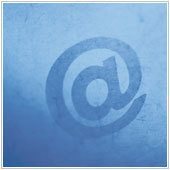Best Time to Send a Mass Email: Capturing an Audience and Assuring Security

Have you ever wondered what’s the best time to send a mass email? If you’re a company just getting started and need to send out mass emails to promote yourself to customers who opt in, it can be a challenge to determine when those emails are most apt to be read. That’s especially true if […]
To BCC, CC or To? Tis the question

You’ve probably been sending emails for the better part of the past 15 to 20 years. They have become an essential communication tool, but did you know that there is a generally accepted etiquette when it comes to email? Most of us focus on certain rules when it comes to writing the body of the […]

